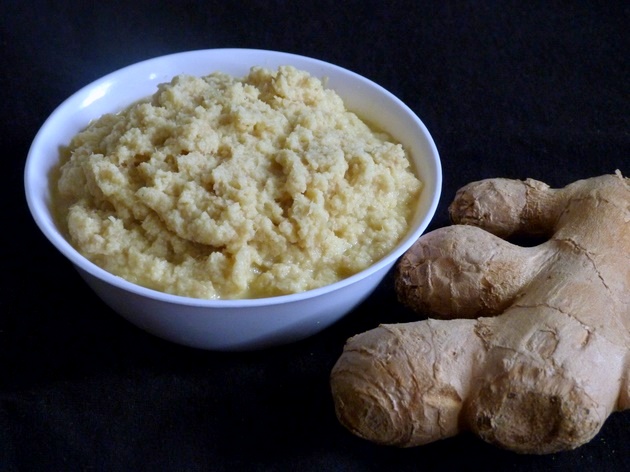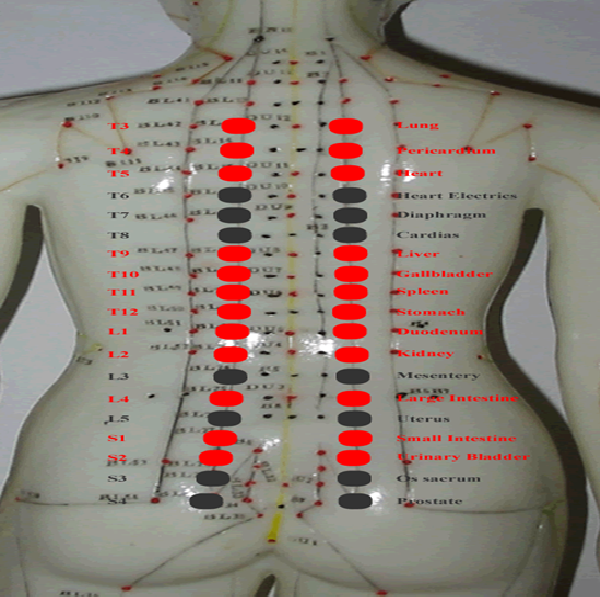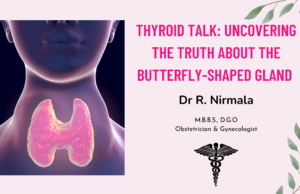DEDICATED TO ALL MY TEACHERS AND MY FAMILY
WHAT IS MOXIBUSTION
Moxibustion, know as “moxa” for short, is an ancient heat therapy that has been used throughout Asia for thousands of years.
This therapy is a natural complement to acupuncture therapy. It involves burning the herb Mugwort over precise acupuncture points in the body.
It is one of the aid in the Chinese medicine toolbox we use in our therapy plans to ease so many health conditions, including Neck Pain, Shoulder Pain and Low Back Pain.
This ain relieving heat therapy stimulates the Flow of Qi and blood circulation in the body and help maintain general health.

GINGER MOXIBUSTION
This procedure is done using ginger where the ginger paste is kept at specific acupoints over which moxa sticks are placed.
This helps in the greater flow of blood and removes toxicity. Fresh ginger is ground, and the ginger paste is applied to acupuncture points.

Two to three moxa sticks are ignited together in moxibustion at each point. A long duration of treatment of 30 to 60 min is adopted.
As mentioned above, the effects of moxibustion on the dysfunction of the internal organs, postpartum diseases, hyperplasia, furuncle, and bones, joints, and muscles are better than that of the conventional way.
Thus, it is inferred that the effect of intensive moxibustion with ginger paste is outstanding in encouraging qi and blood circulation, warming up yang qi and regulating the roles of Zang-fu organs.
The potency of ginger can reach a deeper part with the heat produced by moxibustion. The heat is even and easy to be controlled.
Moreover, the manipulation is simple, practical, safe and effective.
BENEFITS OF USING GINGER
Ginger is a well-known natural remedy used for centuries as an inherent remedy for various ailments. Research depicts that ginger may be useful in relieving pain.
Ginger, in general, has anti-inflammatory properties and analgesic properties that can help ease muscle and backache.
As an anti-inflammatory, it can assist with back and neck pain linked with arthritis. Its analgesic properties can help relieve muscle-related pain.
HOW THE PROCEDURE IS PROCESSED
A small cone of smoking Mugwort is placed over an acupressure point on the body. It is kept directly on the point and then burned to bring warmth to the area and stimulate blood circulation.
These burning cones are removed before they cause pain or burn the skin. The patient will feel a diverging warm to hot sensation in the affected area.
This therapy calms the mind and body, relieve aches and pains and induces a general state of relaxation.
There is even a point on the upper back between the shoulder blades than an ancient Chinese medical text said: “when moxibustion applied to it, theirs is no disorder it cannot treat”.
Moxibustion eases pain and reduces inflammation. External cold can invade and remain trapped inside our bodies from a Chinese medicine viewpoint, ensuing in augmented joint and muscle pain.
Warming moxibustion over the pain relaxes the affected area. A hot bath cannot because of how it penetrates the body much deeper.
Moxibustion blocks pain receptors and breaks up muscle knots by calming tight fascia to relieve dull, aching, throbbing, and piercing feelings.
Moxibustion has an immune-regulating and anti-inflammatory effect which points to its potency in the healing of chronic inflammation.
Its potency can help heal acute injuries like sprains and strain by decreasing swelling, increased joint range of motion, and lessening discomfort.
It can also break down scar tissue, muscle knots and nodules by calming and releasing tension zones and improving circulation.
BACK SHU POINTS FOR BACKPAIN
The Back-Shu points are cited in various sections of the Nei Jing. Chapter 51 of the “Ling Shu” states the Back-Shu points of the five Zang. The significance of the Back-Shu points in treatment cannot be over-emphasised.
 They are essential for the treatment of chronic diseases. Indeed, one may say that a chronic disease cannot be treated without using these points during therapy.
They are essential for the treatment of chronic diseases. Indeed, one may say that a chronic disease cannot be treated without using these points during therapy.
This is basically how I use them, i.e. to tonify the organs (Yin or Yang) in chronic conditions.
The Back-Shu points affect the organs straight and are therefore used in Interior diseases of the Yin or Yang organs. This is a vital aspect of the clinical effect of these points. How they act is quite diverse from that of other points.
When treating the Internal Organs, other acupressure points work by energising the Qi of the channel, which then runs along the channel like a wave, ultimately reaching the Internal Organs.
For instance, suppose we needle LIV-3 Taichong. In that case, we introduce a small wave around the point that flows along the channel, ultimately arriving at the Liver.
If we needle BL-18 Ganshu – Back-Shu point of the Liver, we reach the organ directly without going through the channel.
In my understanding, when we needle the Back-Shu points, Qi goes directly to the relevant organ, not through the intermediary of its channel.
For this purpose, I usually retain the needle in these points a shorter time than for other body points – usually no longer than 10 minutes when used to tonify. We do not have to pause for the “wave” in the channel to reach the organ.
Another attribute of the Back-Shu points is that they involve the sense organ of the respective organ. For instance, BL-18 Ganshu is the Back-Shu point of the Liver and can treat eye diseases.
















